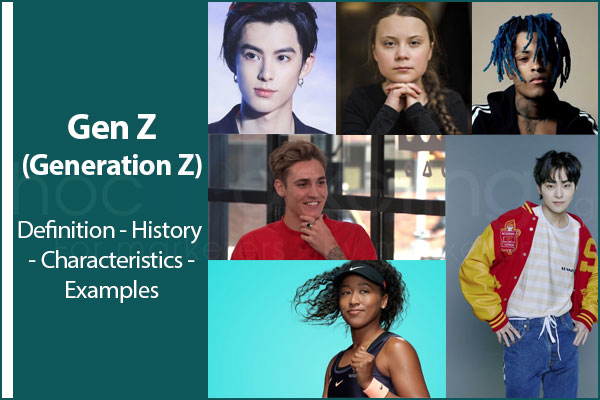
Gen Z's Favorite Brands Revealed: Elf, Nike, Chick-fil-A Reign Supreme Even During Economic Downturn

Teens maintain loyalty to their favorite brands for cosmetics, apparel, footwear, and restaurants, with Elf, Nike, and Chick-fil-A reigning supreme Though rankings have experienced slight fluctuations, these brands continue to dominate the market despite a slowdown in teen spending
Article Brief:
The leading brands among teenagers in the cosmetic, apparel, footwear, and restaurant industries have remained consistent, with some fluctuations observed in the lower ranked brands. This data is based on Piper Sandler's 46th semi-annual Taking Stock With Teens report.
In terms of women consumers, E.l.f. Beauty experienced significant growth, with a 13-point increase YoY, reaching 29%. Nike is the leading brand for both apparel and footwear, while Chick-fil-A maintains its position as the top-ranked restaurant among this age group. New Balance has now surpassed Vans to become the fourth favorite footwear brand, and Sephora has overtaken Ulta as the preferred beauty shopping destination. Teen self-reported spending has declined by 1% YoY to $2,316, marking the first decrease observed since before the pandemic. While average spending by male teens has increased by 11% YoY, spending by female teens has dropped by 8% YoY.
Article Insight:
In order to effectively reach and engage Gen Z, it is crucial for marketers to gain insight into their spending patterns and preferences. Piper Sandler recently conducted a comprehensive survey aimed at identifying the top brands among this demographic and monitoring any changes in their spending habits. While there has been an increase in spending among men, women have been showing a decline in their expenditures. Nevertheless, a few brands have managed to establish a strong connection with consumers, with E.l.f. experiencing notable growth.
The survey revealed how teens allocate their time between mobile and digital channels. TikTok saw an 80 basis point improvement compared to spring 2023 and remained the top social platform among teens, with a 38% preference. Snap followed at 28%, while Instagram was chosen by 23% of teens. YouTube experienced a 100 basis point increase, reaching 29.1%, while Netflix decreased by 220 basis points in terms of daily video consumption among teens. On the other hand, Spotify saw slight gains in usage, rising from 68% to 70%, as well as in subscribe/pay rates, increasing from 44% to 46%.
Since last year, Gen Z consumers have displayed a growing fondness for off-price and online-only retailers, experiencing a YoY increase of 545 basis points and 121 basis points, respectively. Discount retailers, on the other hand, suffered a significant decline of 440 basis points. Among the respondents, 55% favored Amazon as their preferred e-commerce site, followed by Shein, Nike, Goat, and Temu.
The "core beauty wallet," which includes cosmetics, skincare, and fragrance, experienced a 23% year-over-year increase, reaching $324. Cosmetics accounted for the highest portion of beauty spending at $127, the highest it has been since 2019. Sephora surpassed Ulta as the preferred destination for beauty shopping, with a loyalty membership rate of 67%, higher than Ulta's 60%. In the footwear industry, New Balance gained approximately 200 basis points of mindshare compared to the previous year, while Vans lost around 350 basis points. On Running and Hoka One One were identified as the preferred athletic footwear brands for affluent teenagers. According to Piper Sandler, the spending slowdown among this age group may be influenced by the increasing economic challenges, with inflation becoming a major concern for many young consumers.
In a press release, Edward Yruma, senior research analyst at Piper Sandler, stated that our survey indicates early indications of a decrease in teen spending. In terms of political and social concerns, inflation ranked second highest, just behind the environment. The survey collected responses from 9,193 teenagers residing in the United States between September 4 and September 27.













